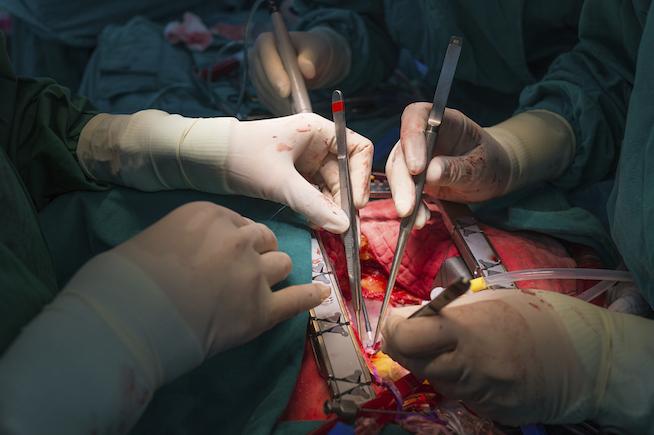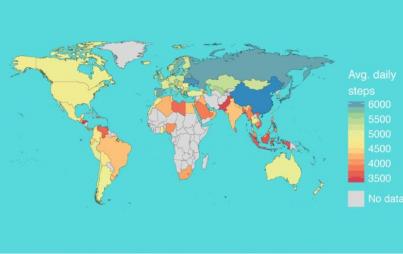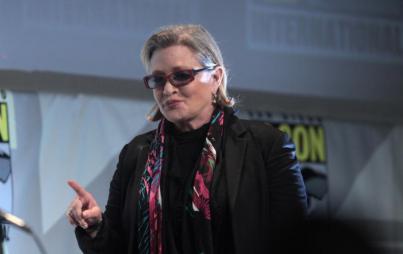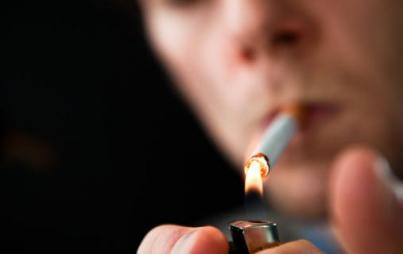
Having my heart stop beating was a very scary thought, but the surgeon likened the heart-lung machine to scuba gear. If you were told you had to go underwater alone for an hour, you would flip out, but having scuba gear would make it no big deal.
It’s amazing how easy it is to forget about one of the most intense experiences of my life. Sometimes when someone asks about my scar, I have to think for a moment before I can answer, “Oh, that! It’s from my open-heart surgery!”
I was born with congenital heart defects and had my first corrective surgery in kindergarten. I have very few memories of that experience, other than the anesthesiologist instructing me to count the ceiling tiles and me feeling very anxious that I was suddenly getting sleepy and wouldn’t be able to finish.
Fast-forward through a couple decades of yearly check-ups (and not-so-yearly as an invincible young adult), and an MRA scan revealed a dilatation (widening) in my aorta. Widening is bad because it makes the walls of the vessel thinner as they try to cover more surface area. Thinner is weaker and more vulnerable to breaking. Doctors decided to keep an eye on it and see if it was getting bigger or just staying put. In 2010, it stayed put.
In 2011, not so much. The dilatation grew from 42 to 49 mm, a huge leap for one year. They said I could wait a few years to get it fixed, but I should definitely NOT attempt to get pregnant in my current condition. During pregnancy, blood volume can increase by as much as 50%! My poor little defective heart wouldn’t be able to handle it well.
This was not the news I expected, and I struggled to remain calm as my cardiologist laid out the options and recommended an ascending aortic replacement. She actually called it “the oil change of cardiac surgeries” — they do them every day. If I was going to have open-heart surgery, this was the one to pick!
Those factors, combined with a desire to get this over with while I am young and theoretically fit as possible, made my decision for me. I would go into surgery and have part of my aorta replaced with Dacron (a type of polyester).
Walking back to my office after that appointment, I tried to hold back tears. Calling my family to share the news was not helpful in that regard, so I attempted to hide the signs I had been crying. I previously mentioned to a coworker that I was heading out to my cardiologist “to get the go-ahead on making babies!” When I walked in the office, she smiled and asked how things went, but I could only swallow and shake my head. I tried to stay positive and remind myself that this was actually good news, because at least I still had the possibility of someday having a baby. Feeling grateful was a challenge on that day.
In January 2012, I had my surgery at Massachusetts General Hospital, a nationally recognized hospital with a respected cardiac unit and a focus on adult congenital heart disease. I am extremely lucky, because patients come from all over to get treated at MGH. I just had to hop on the subway!
Although the surgery lasted four to five hours, the entire process was eight to nine hours because they had to cool my core body temperature first, and raise it again at the end. At lower temperatures, the heart needs less oxygen, reducing tissue damage during the surgery. Having my heart stop beating was a very scary thought, but the surgeon likened the heart-lung machine to scuba gear. If you were told you had to go underwater alone for an hour, you would flip out, but having scuba gear would make it no big deal. It’s simply technology that allows us to do amazing things.
The surgery went well. I spent a day in the ICU, and another four days in the “step-down” unit. The pain involved in coughing (not to mention sneezing) was incredibly intense. They told me my sternum had been wired back together, and all I could imagine was tiny wires straining to burst apart! At one point, it took me 45 minutes to work up the courage to attempt a cough. I was given a heart-shaped pillow to ‘hug’ to myself as I coughed, to reduce the pain. If it was a placebo, it sure didn’t work on me. I believe my mental response each time they urged it on me was, “No, YOU hug the pillow, pal.”
Blood pressure and oxygen checks became a constant presence, and I found myself attached to dozens of machines. Learning how to get in and out of bed was a multi-step process, and my first walk down the hallway was exhausting. Being in the cardiac surgery wing, I was surrounded by a lot of elderly patients. I remember my hospital gown fluttering as they would speed by me and my slow, torturous shuffle.
They said it was best for me to feed myself, but with all the medication, I was not particularly coordinated. I would aim the spoon at the applesauce and do my best to get some on it, and by the time I got it to my mouth, it was empty! It certainly gives me insight into my toddler’s attempts at wielding a spoon these days.
Within two weeks of the surgery, my energy and appetite came back. I could walk up a single flight of stairs, and reach my arms over my head again. We also removed the steri-strips from the incision, which healed well. My cardiologist assured me that MGH always has Harvard plastic surgeons do the closing, and they get the “Type-A guys who want everything perfect!" The scar goes pretty high on my chest and is visible with most of my shirts, something I had to get used to.
By the third week, I got off the hardcore pain meds, which meant my brain wasn’t as fuzzy and I could type again. I can't describe how upsetting it was to not have my brain working properly. I actually started crying one night when I couldn't get the word "Massachusetts" typed out.
At that point, I still had nearly a month before I was due back to work. The pain became manageable, and I worked out to increase my endurance and energy. My heart and lungs were back to normal-ish, but the rest of my chest was still healing. They had to cut through my sternum and all the chest muscles and nerves, and that takes a while to bounce back from. Some days were more painful than others, depending on how I was sitting, or if I tried to lean over without thinking.
That part of my recovery is actually overshadowed a bit by the fact that I became engaged during that time! My now-husband thought that wedding planning would be a good hobby to keep me from going stir-crazy, and he was right. By the time I was fully back on my feet, we had a venue, a caterer, a photographer, a hotel, and rings. I highly recommend this hobby to anyone considering a recovery from heart surgery.
It is very common for people to wax nostalgic about the good ol’ days, but all I can ever think in response is, “I would be dead if I lived back then.” Adult congenital heart disease is a relatively new specialty, simply because we never used to live this long. It amazes me that our world holds people and technology that can stop my heart, fix it, and start it up again. In fact, advancements in the field mean that surgery has actually become the conservative option for my condition, while waiting things out is the risky one. It is easy to be grateful these days.
My cardiologist once assured me that when this was done, it would just be something in my history, and my worries would turn to things like, ‘getting my kid to school on time.’ She was right. Now, excuse me…I need to go pick up my daughter.




